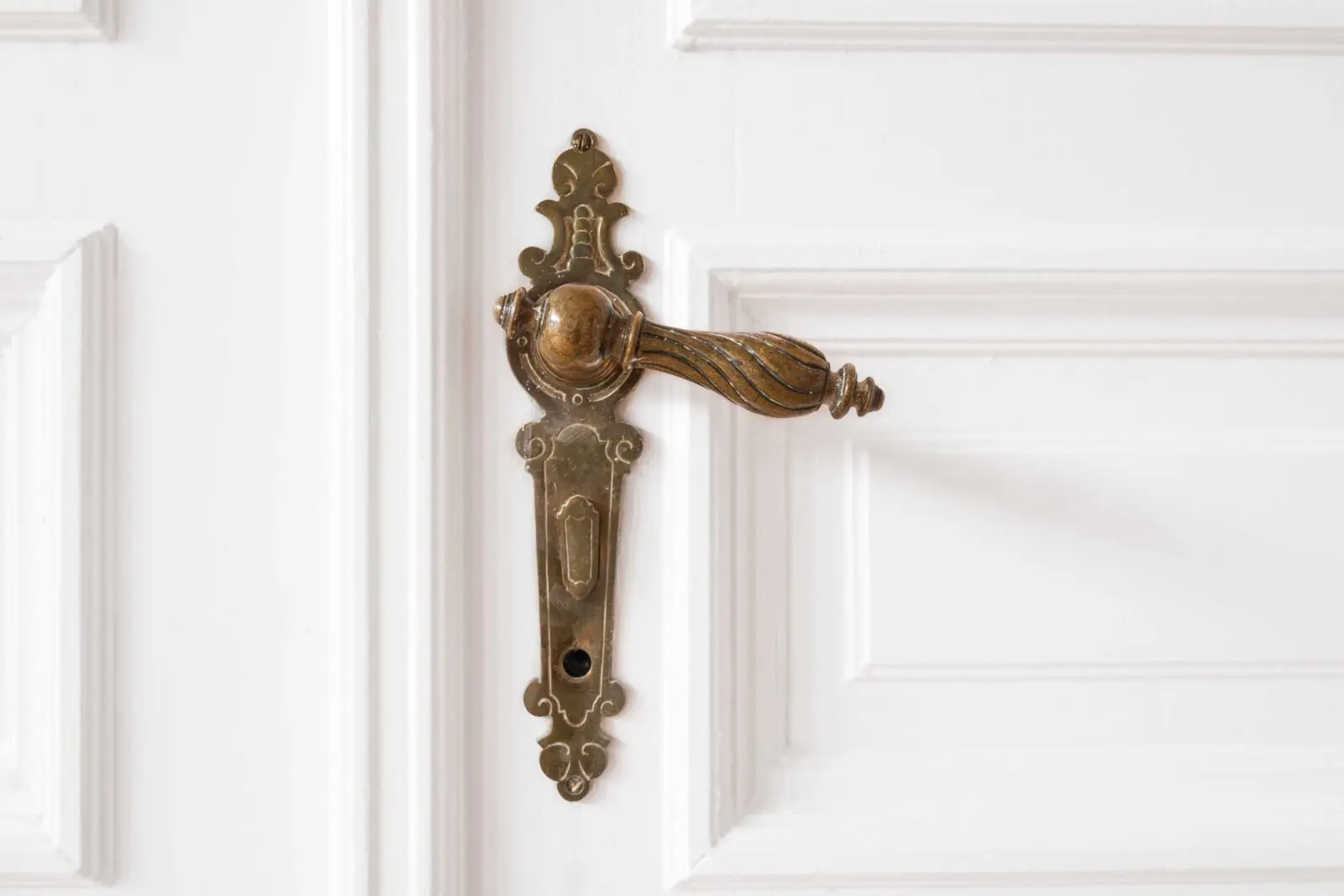Have you got your eye on a historic home? Often beautiful and full of character and charm, these homes can also be quirky and unique.
Before you take the plunge and buy the historic home of your dreams, though, there are a few things you should know about what you’re getting into.
What causes a home to be considered “historic?’ There are certain specifications required to receive this designation from the National Park Service. These have to do with age, integrity, and significance. If the home is at least 50 years old and still looks the way it did when it was built, that meets the age and integrity requirement. As far as significance, that means the house has either played a significant role in creating or defining the country’s history, was home to an important person, is an example of a historic style or was designed by a prominent architect, or is potentially a source of historical information about a state or town.
Many homes are located in historic districts, but that doesn’t necessarily mean these homes themselves are historic. Historic districts can be designated at the federal, state, or local level, and contain a group of historic buildings. If you’re purchasing a home in a historic district, it’s important to note that you may be limited in terms of what you can do to the outside of the building. Changing paint color or window type, and making other renovations will likely require a permit. The benefit of a historic district is that the homes tend to maintain steadier property values because of neighborhood preservation.
While buying a historic home isn’t significantly different than buying any other home, there are a few points that can make the process more complicated. You may have trouble getting financing and insurance, and you may be subject to a historic preservation easement that requires you to adhere to certain rules about preserving the property. Home inspections are even more crucial for a historic home than a regular house, because there can be more issues, and you’ll need to expect more maintenance than you would with another house. On the other hand, you may qualify for a tax credit for rehabilitating a historic home, or a tax deduction if you have a historic preservation easement.
What’s involved in preserving a historic home? Historic homes need more careful maintenance and preservation than their modern counterparts. You’ll need to keep a regular maintenance schedule to protect your older home, and repairs must be made quickly to minimize the extent of the damage, because it can be difficult and expensive to replace historic architectural details. The house will have certain quirks, like uneven floorboards or improperly positioned windows, but you shouldn’t try to fix these because they help preserve the value of the home. If you’ve got hardwood floors you must maintain them properly, and if you have plaster walls, don’t replace them with drywall. Have repairs, including plaster walls and external bricks, completed by an experienced and knowledgeable professional. Finally, if you need to remodel, make sure you do it with the architectural style and historic elements of the house in mind.
Whether you’re looking for a historic home or a modern property, it pays to partner with a company like Vutech | Ruff, Cutler Real Estate. We provide outstanding service, assisting with just about every aspect of real estate while maintaining the highest level of professionalism. Our award-winning agents have years of experience selling homes Columbus, Ohio area. Call 614-706-0122 or contact us through our website so we can get to work for you!
